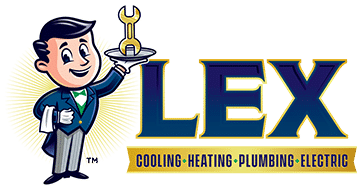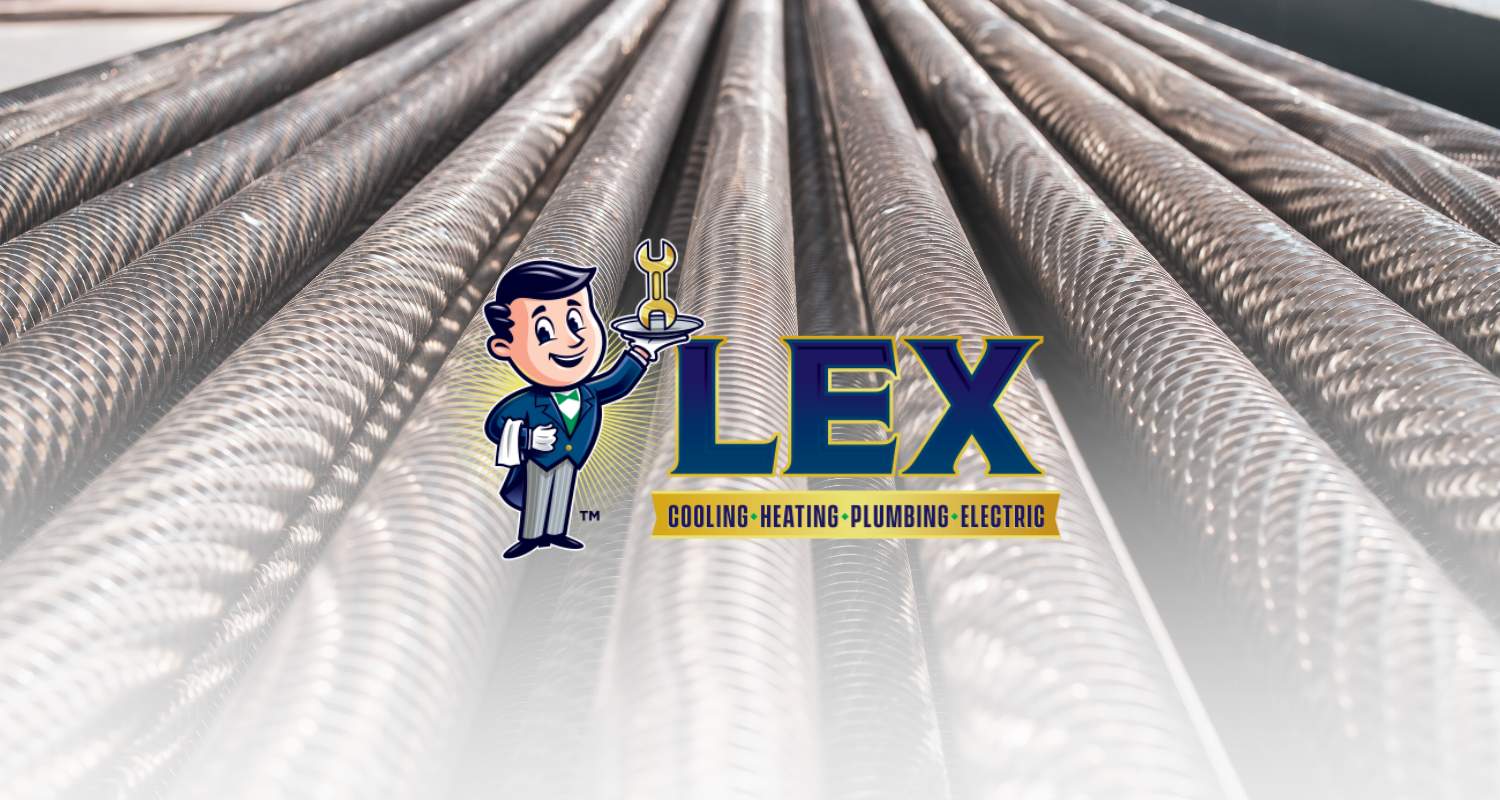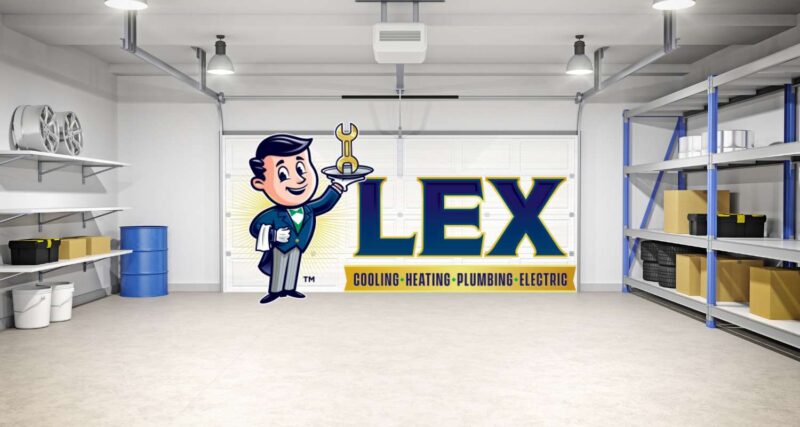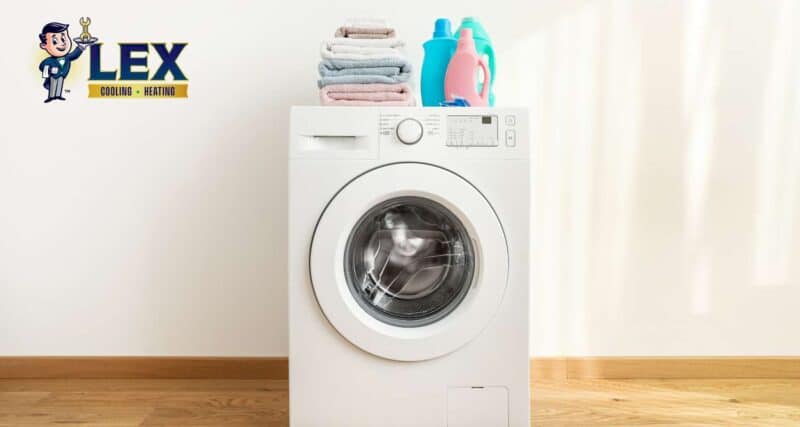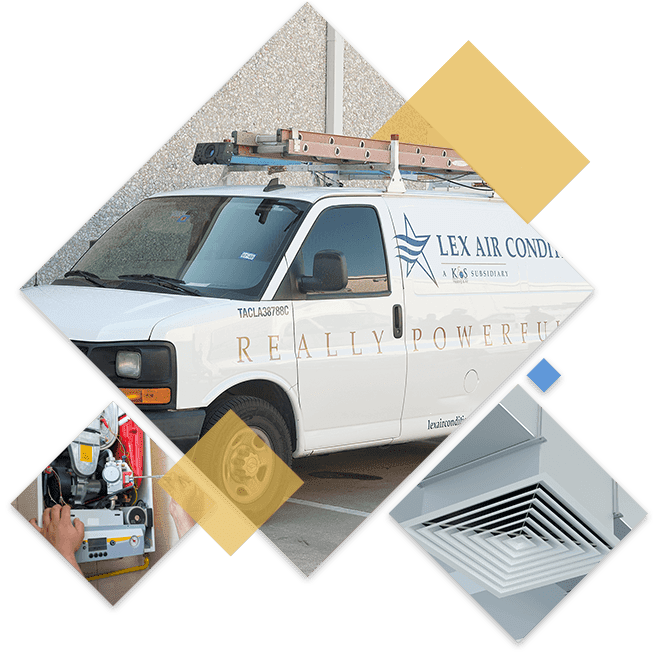There are a number of critical components that make up HVAC systems, two of which are the evaporator coils and condenser coils. Evaporator coils play a key role in cooling by absorbing heat from indoor air, while condenser coils release that heat outdoors. These components work harmoniously within air conditioning systems, facilitating the regulation of indoor temperatures for maximum comfort. Understanding the distinction between these coils is necessary for troubleshooting and maintaining optimal system performance.
In this blog, our Carrollton AC service experts at Lex Air Conditioning and Heating cover the differences between evaporator and condenser coils as well as how they work together to keep you cool in the intense Texas heat. For further assistance with your HVAC system, feel free to give us a call today at (972) 217-8955 or reach out online for reliable service and support.
Evaporator Coil 101
To comprehend the mechanics of your HVAC system, one of the first steps is to understand the basics of evaporator coils. The evaporator coil is central to the heat transfer process between indoor and outdoor air and is found within the indoor AC unit.
But what exactly is an evaporator coil, where is it located, and how does it function? Below, we’ll do a deep dive into these questions in order to gain a better understanding of the inner workings of evaporator coils.
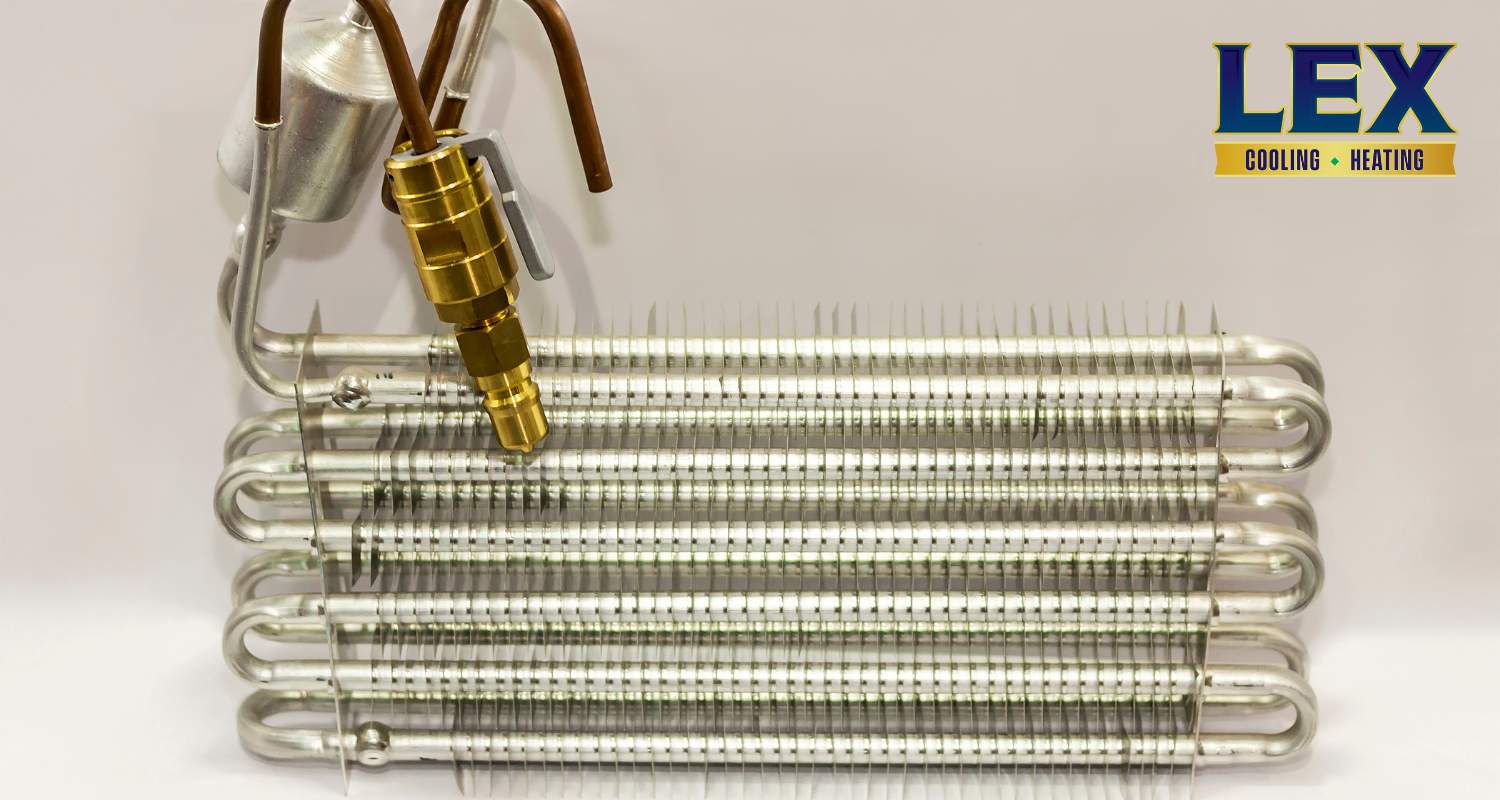
What is an Evaporator Coil?
An evaporator coil is a key component of an air conditioning system. Its primary function is facilitating the heat transfer between indoor and outdoor air. When warm inside air flows over the evaporator coils, the coils absorb heat from the air, causing it to cool down. This process transforms warm indoor air into cool air, which is circulated back into the living space to maintain comfortable temperatures.
Where is the Evaporator Coil Located?
The evaporator coil is located within the indoor unit of an air conditioner or HVAC system. The indoor unit is typically found in places like a utility closet, attic, basement, or garage in residential homes.
You’ll often the evaporator coil itself mounted in the airflow of the furnace for central air systems or within the main unit of a split system. The coil is strategically placed where indoor air can blow across it, allowing the coil to absorb heat from the air as it passes over, thus cooling the air before it is circulated back into the room.
How Do Evaporator Coils Work?
Here’s a step-by-step breakdown of how evaporator coils work:
- Refrigerant Flow: The evaporator coil contains refrigerant, a fluid that has the ability to absorb heat very efficiently. This refrigerant arrives at the evaporator coil in a low-pressure, low-temperature liquid state.
- Heat Absorption: As warm air is pulled through the air conditioning system by a fan, it flows over the evaporator coil. The refrigerant absorbs heat from the air.
- Phase Change: The absorption of heat by the refrigerant inside the coil causes it to change from a cold liquid into a warmer vapor. This phase change is key to producing cooled air.
- Air Cooling and Dehumidification: As the air loses its heat to the refrigerant, it cools down and is sent back into the room. Additionally, moisture in the air condenses on the cold coils. This dehumidification further helps in cooling the environment as moist air feels warmer than dry air.
- Continuing the Cycle: The now warm, gaseous refrigerant is then funneled out of the evaporator coil to the compressor (usually located in the outdoor unit of the AC system). The compressor increases the pressure and temperature of the refrigerant, sending it to the condenser coil where it releases the absorbed heat to the outside air.
Condenser Coil 101
In air conditioning systems, the condenser coil is also necessary for cooling indoor spaces. Located in the outdoor unit, it facilitates heat transfer, which is essential for regulating indoor temperature. Below, we’ll explore what a condenser coil is, its location in the AC system, and its role in cooling processes.
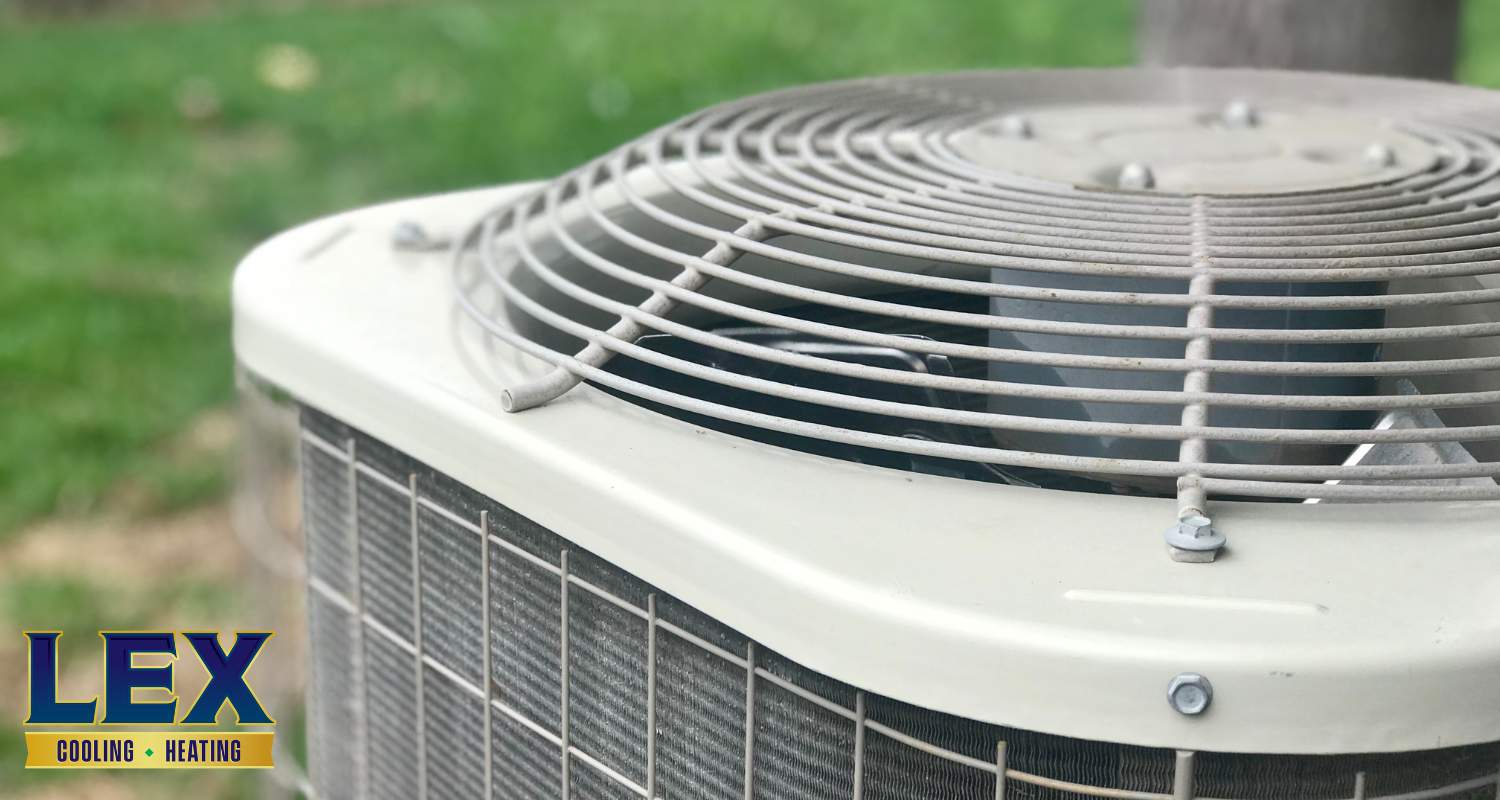
What is a Condenser Coil?
A condenser coil helps to transfer heat in air conditioning units. It converts gaseous refrigerant into a liquid state by releasing heat into the outdoor air. This process enables the refrigerant to cool down and continue circulating through the system, facilitating the cooling process indoors.
Where is the Condenser Coil Located?
The condenser coil is found in the outdoor unit of an air conditioner. It interacts with the outdoor air to release heat from the refrigerant, aiding in the cooling process.
What Does a Condenser Do?
The AC condenser coil functions as the counterpart to an evaporator coil, facilitating the release of absorbed indoor heat to the outside environment. Here’s a step-by-step explanation of how condenser coils work:
- Receiving High-Pressure Vapor: After the refrigerant absorbs heat from the indoor air and turns into a vapor in the evaporator coils, it is compressed by the compressor into a high-pressure, high-temperature vapor. This vapor is then sent to the condenser coils.
- Heat Dissipation: As the hot refrigerant vapor travels through the condenser coils, it comes into contact with the outside air, which is cooler relative to the temperature of the refrigerant. The outdoor unit has a fan that blows outside air across the condenser coils, which helps in transferring the heat energy from the refrigerant to the outdoor air.
- Condensation of Refrigerant: The loss of heat causes the high-temperature vapor inside the coils to cool and condense into a high-pressure liquid. This phase change releases a significant amount of heat, which is effectively dispersed into the outdoor air.
- Preparation for Recycle: Once the refrigerant has condensed into a high-pressure liquid, it moves towards an expansion valve or capillary tube, where it will experience a drop in pressure. This prepares the refrigerant to re-enter the evaporator coils, absorb more heat, and continue the cycle.
Key Differences Between Evaporator and Condenser Coils
The evaporator coil and condenser coils are vital components of an air conditioner, each with distinct roles in the cooling process. As for their differences, the evaporator coil is located in the indoor AC unit while the condenser coils are situated in the outdoor unit.
Operationally, the evaporator coil absorbs heat from indoor air, converting liquid refrigerant into a cold gas. In contrast, the condenser coils release heat from the refrigerant into the outdoor air, causing it to condense back into a liquid state.
Physically, evaporator coils are designed for efficient heat absorption, featuring closely spaced fins and tubing, while condenser coils are engineered for heat dissipation, often utilizing larger fins and tubing for releasing heat into the outdoor environment.
Common Coil Problems and Solution
Common coil problems in air conditioner units often stem from issues with refrigerant circulation and heat exchange processes. Refrigerant leaks, typically caused by corrosion or rust in the copper tubes of the condenser coil, can lead to reduced cooling power and inefficient operation. Additionally, dirt and debris buildup on the condenser coils can impede heat release into the outdoor AC air, decreasing cooling efficiency and potentially causing the condenser unit to overheat. Leaks in the evaporator coil can lead to low refrigerant levels, causing the coil to freeze and preventing the proper exchange of heat.
Solutions for these issues include regular maintenance, such as cleaning the coils to remove dirt and debris buildup, repairing any leaks promptly to prevent further refrigerant loss, and ensuring proper insulation around the refrigerant lines to prevent frozen coils. Implementing corrosion-resistant materials for coil construction and using protective coatings can also help decrease the effects of rust and corrosion, prolonging the coils’ lifespan and maintaining the efficiency of the cooling system.
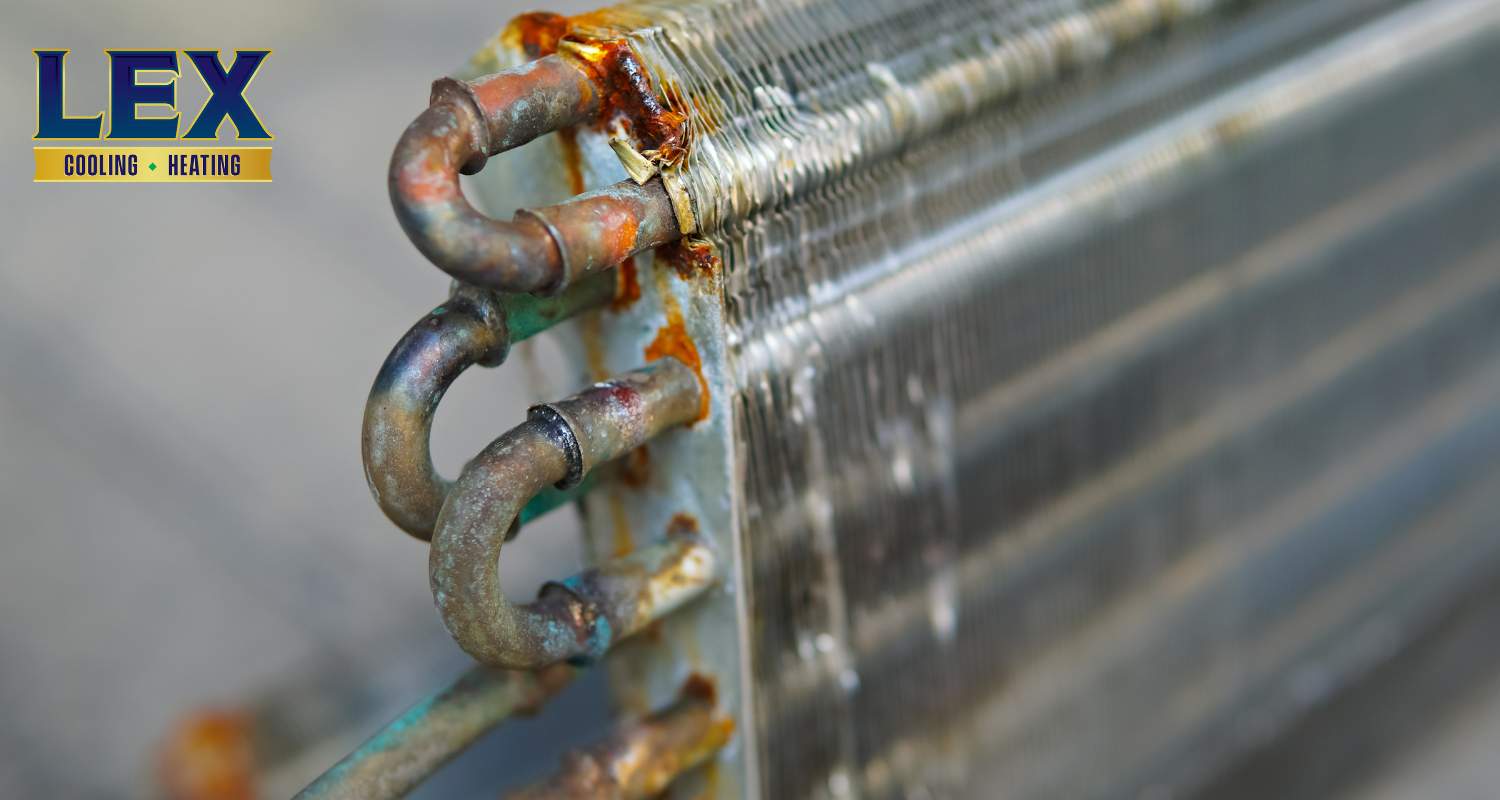
Why Maintaining Your Air Conditioning Coils is So Important
Maintaining the coils on air conditioners is vital for your AC unit’s energy efficiency and therefore, your own energy savings. Just like any other part of an HVAC system, both evaporator and condenser coils require regular care. Without proper maintenance, issues such as leaks, dirt accumulation, and corrosion in the copper tubes can arise, hindering the exchange of heat and reducing cooling efficiency.
Refrigerant leaks diminish cooling power and can lead to environmental harm and costly repairs. Dirt and debris buildup on the coils restrict airflow, reducing the system’s ability to cool effectively and potentially causing the compressor to overheat. Corrosion weakens coil integrity, leading to leaks and inefficiencies in heat exchange and posing health risks due to mold growth.
Overall, neglecting coil maintenance can decrease cooling strength, cause system breakdowns, and lead to potentially expensive repairs down the line. Preventative HVAC maintenance ensures the optimal exchange of heat, preventing issues like a frozen evaporator and low refrigerant levels that may result in inefficient cooling and higher energy costs. Investing in routine maintenance for indoor and outdoor coils can prolong your air conditioner’s lifespan, minimize repair expenses, and maintain comfortable indoor temperatures effectively and affordably.
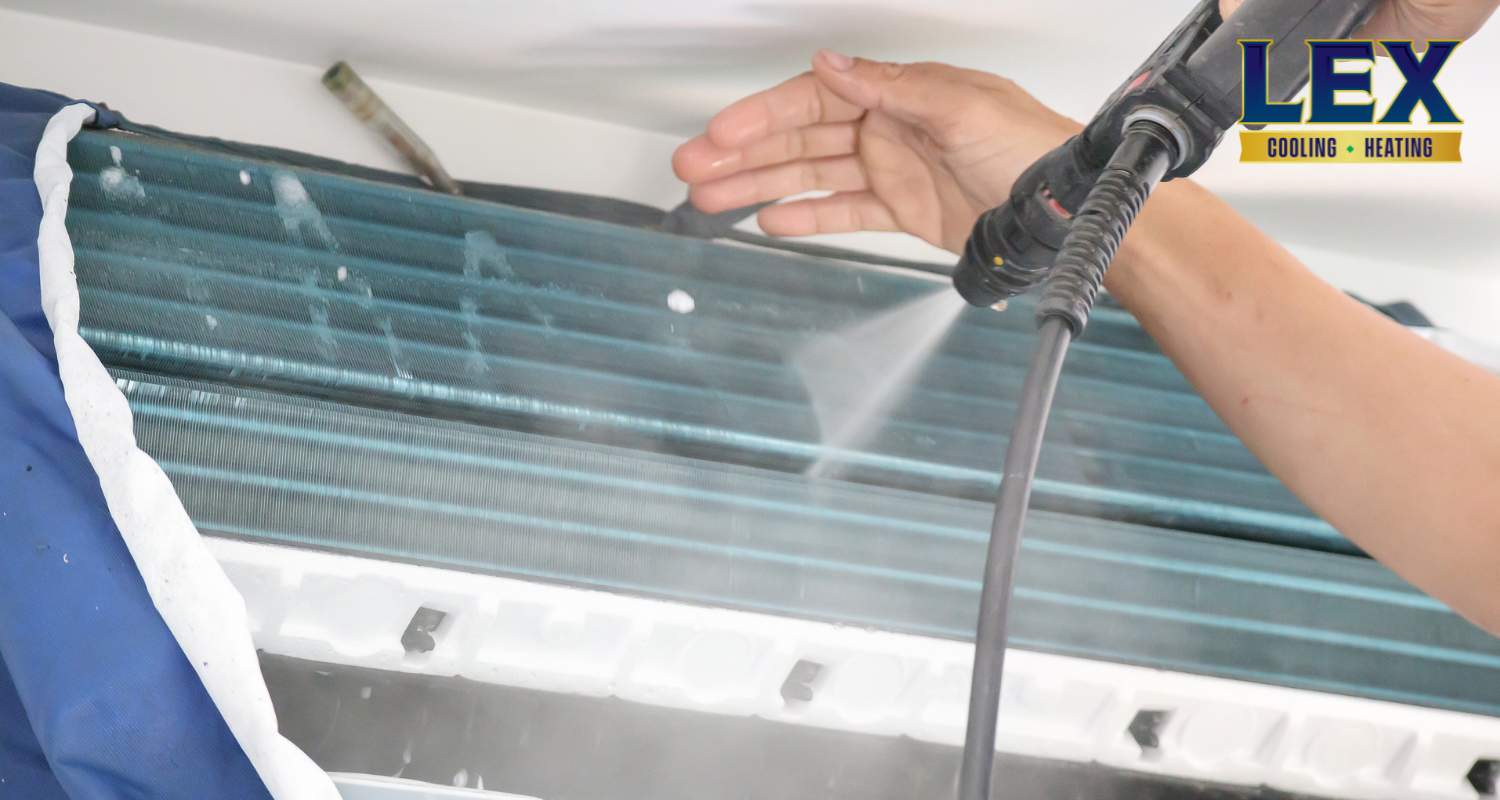
DIY Maintenance Tips for Homeowners
For homeowners looking to maintain their AC system coils, there are several DIY tips to ensure optimal performance. This includes:
- Regularly scheduled maintenance services with Lex Air Conditioning in Carrollton, TX for comprehensive inspections and AC tune-ups.
- Changing air filters regularly helps maintain airflow and prevent dirt and debris buildup on the coils.
- Keeping the area around indoor and outdoor units clear of debris, such as leaves and grass clippings, ensures proper airflow and heat exchange.
- Monitoring for signs of coil-related issues, such as reduced cooling efficiency or strange noises, allows for early detection and prompt resolution.
By implementing these DIY maintenance tips and partnering with Lex Air Conditioning & Heating for regular servicing, homeowners can ensure their coils function efficiently and their AC systems maintain comfortable temps all year.
How a Professional HVAC Tech Can Help
With specialized knowledge in air conditioner refrigerant systems, the professional HVAC technicians at Lex Air Conditioning can thoroughly inspect and maintain AC condenser coils and evaporator coils, enhancing the exchange of heat efficiency by assessing the condition of the copper coils and confirming proper refrigerant levels. Our professional service technicians can also diagnose and address any issues that hinder the system’s ability to absorb heat effectively from the indoor environment and release it into the outdoor condenser unit.
Additionally, a professional HVAC tech can provide essential cooling services, such as cleaning the evaporator coil’s fins and inspecting the condition of the insulated conduit to prevent energy loss. Our expertise allows us to diagnose and resolve problems efficiently, ensuring every aspect of your HVAC unit functions effectively to maintain indoor comfort levels while maximizing energy efficiency.
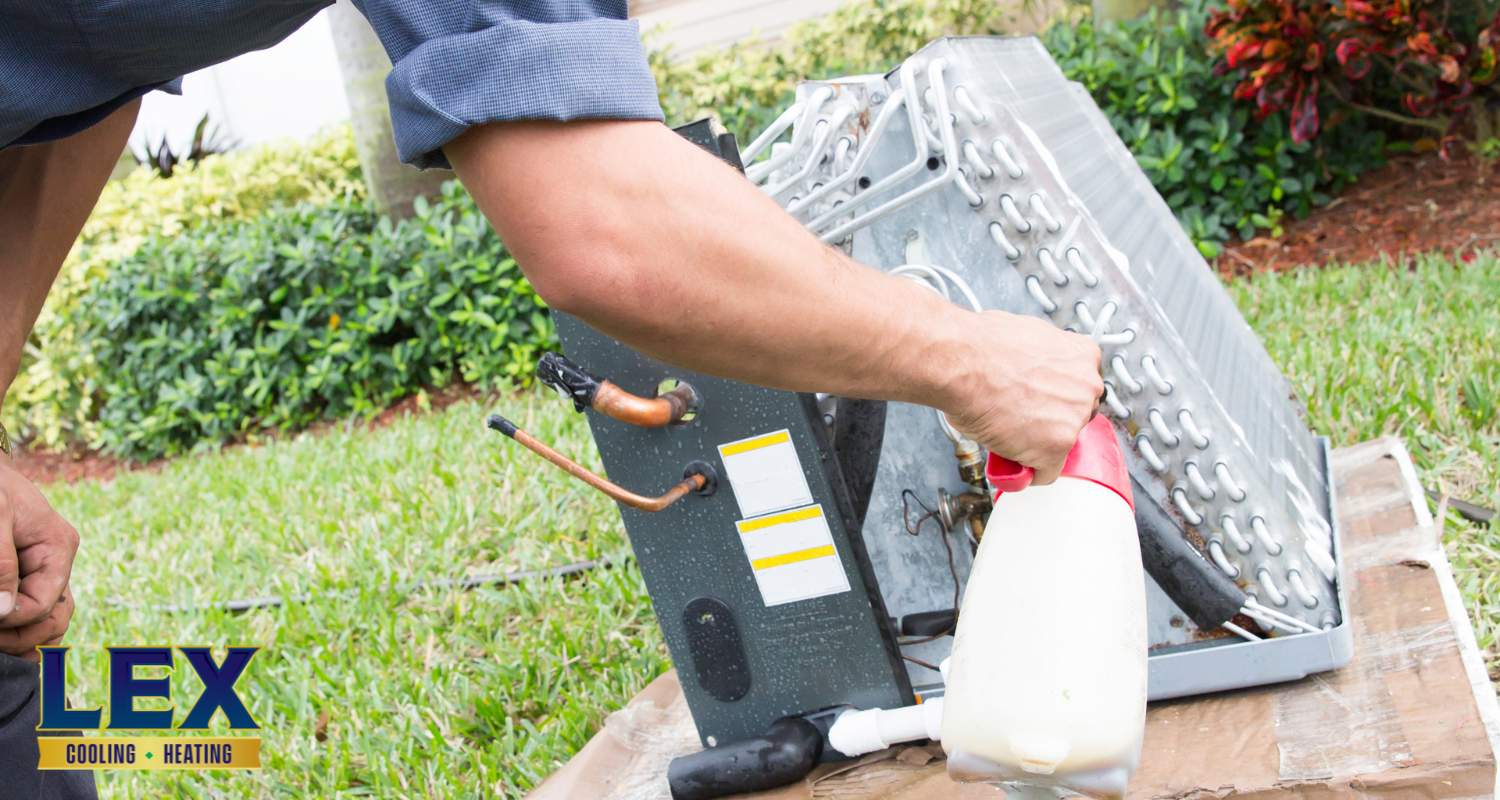
Call the Heating and Air Conditioning System Experts at Lex Air To Schedule an Appointment Today
If you’re experiencing issues with your AC coils or any other part of your HVAC system, don’t hesitate to reach out to the Carrollton AC repair experts at Lex Air Conditioning and Heating. Our dedicated team is ready to provide you with efficient, reliable solutions tailored to your needs to ensure your system is running smoothly all year round.
Contact our heating and air conditioning experts at (972) 217-8955 or reach out online to schedule an appointment today!
